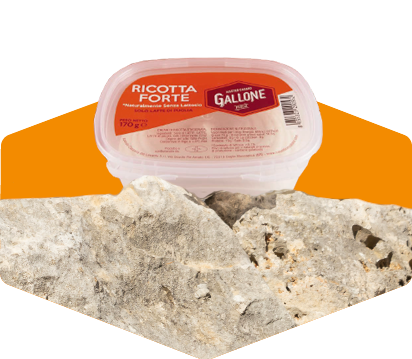
To understand the peculiarities of ricotta forte cheese, we must first take a step back and start with the large family of cheeses. Usually, in the production cycle, the part of the protein casein bonds the cheese with the curd which then becomes cheese.
Meanwhile, another part of the protein goes into the whey that remains after making the cheese. It is precisely this precious whey, which otherwise would become a waste to be disposed of, which becomes the raw material from which ricotta is produced.
Ricotta forte is, therefore, a proud product of a circular economy, as according to the rules of which nothing should be thrown away. From ricotta, it is left in fermentation for about 60-90 days, depending on the season, and a naturally strong ricotta spreadable cream is born, with a delicately spicy taste obtained without seasoning with pepper or chilli.
It is interesting to note how, week after week, fermentation causes the ricotta forte cheese to lose lactose which – despite its name – is more digestible when it reaches maturity. Traditionally it is a typical product only from Puglia.
Caseificio Gallone, the tradition of the future.

Free shipping on order over 60€,
possible only in the EU